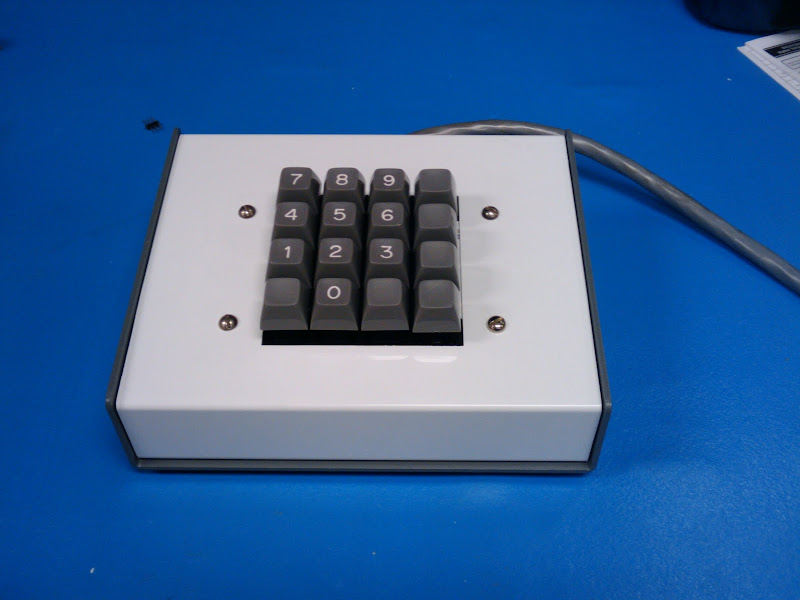I had a whole long thread on this a while back. Check:
workshop-f7/converting-my-wang-t12379.html .
The issue is that a bunch of these older keyboards don't have protocols at all. They are 1KRO (apart from modifiers) and need to be polled externally. Vanishingly few original Micro Switch Hall boards have real controllers and protocols. Those that do are often RS232 serial - again, 1KRO.
One of my long time dream projects is a retrofit kit for vintage Micro Switch boards. This would be a PCB and sensor replacement, using new sensors that fit into the well of the Micro Switch assembly. It's sort of cheating, but the new sensors may use less power, and would certainly enable NKRO.
Using the sensors that exist on the board, and the existing PCB, options are limited if the goal is to get a modern NKRO keyboard connected via PS2 or USB. It's a hardware issue. You can play games with strobing power, or maybe get lucky and have "hold" as opposed to "pulse" sensors.
